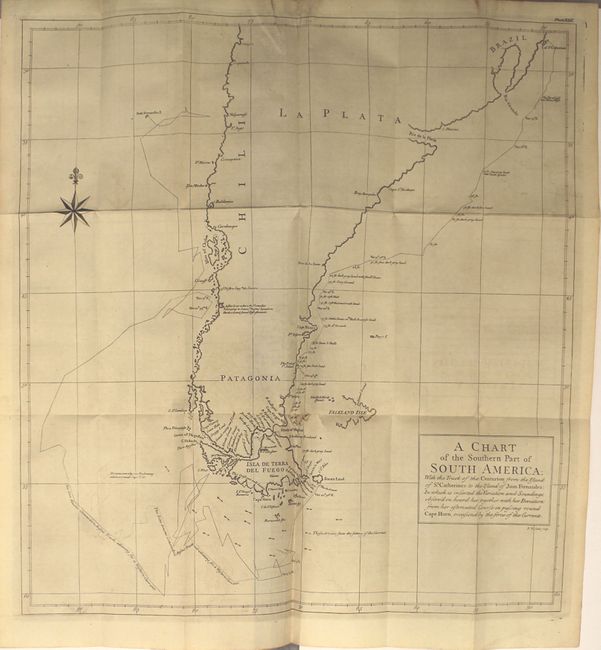Catalog Archive


Auction 158, Lot 445
"A Voyage Round the World, in the Years MDCCXL, I, II, III, IV...", Anson, George
Subject: Exploration & Surveys
Period: 1780 (published)
Publication:
Color: Black & White
Size:
5.3 x 8.8 inches
13.5 x 22.4 cm
Download High Resolution Image
(or just click on image to launch the Zoom viewer)
(or just click on image to launch the Zoom viewer)




